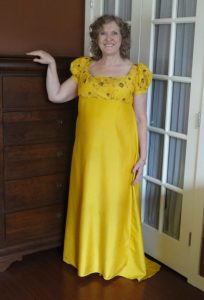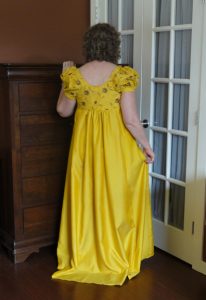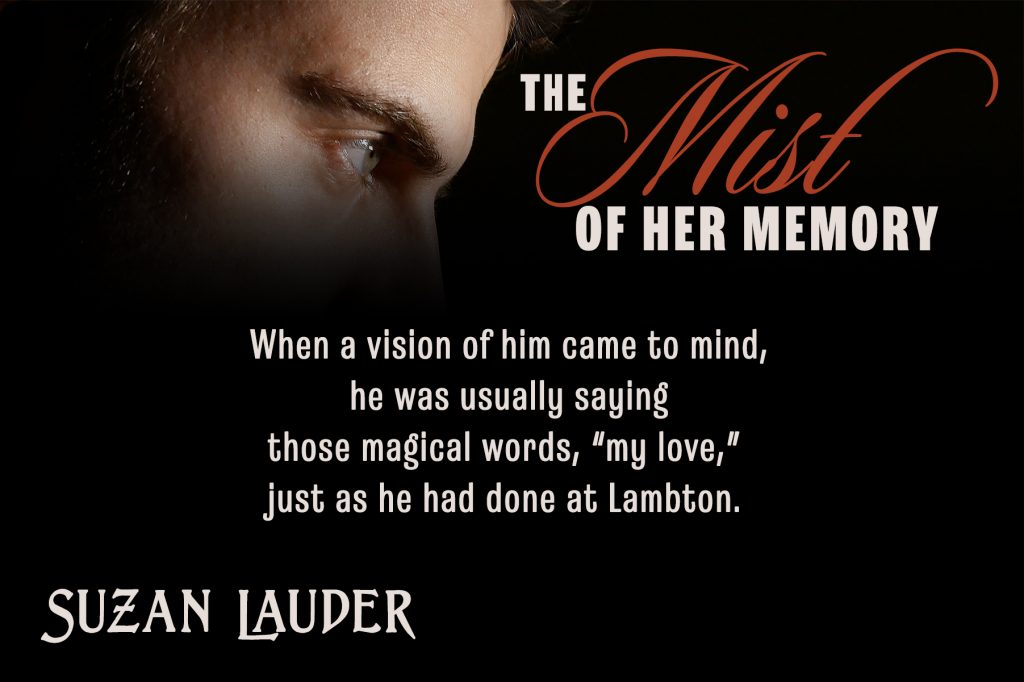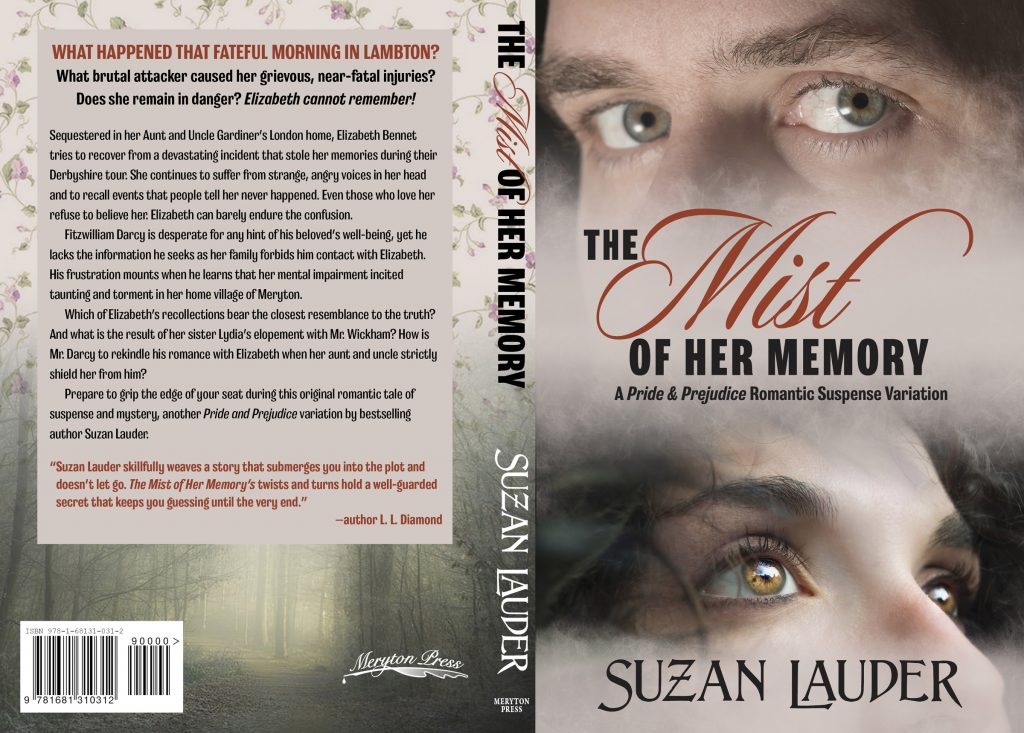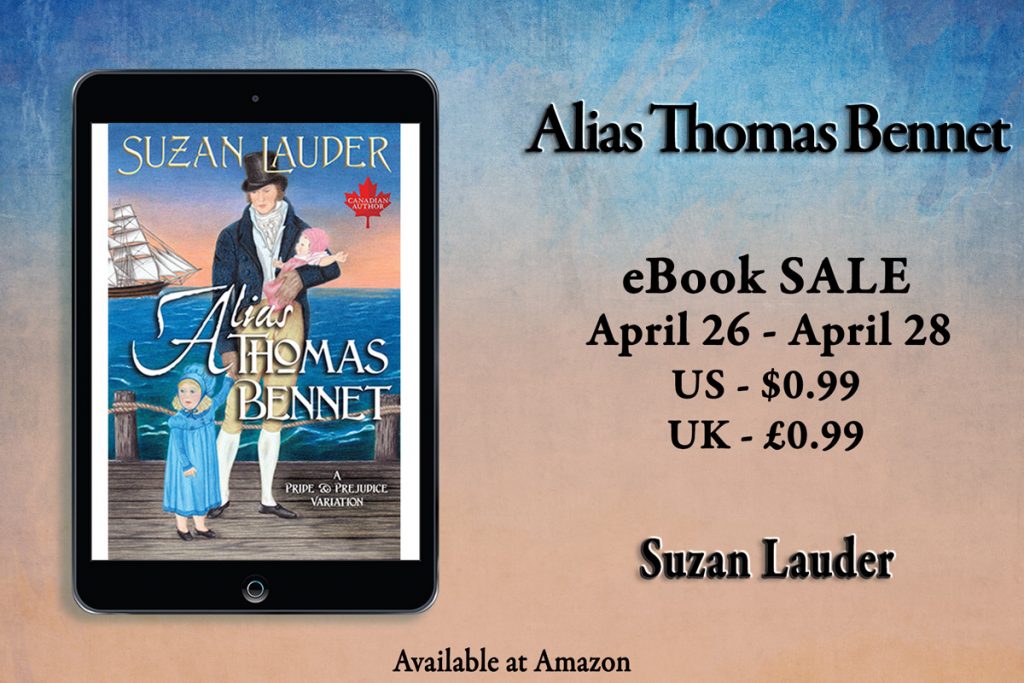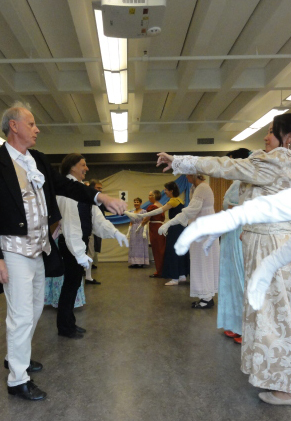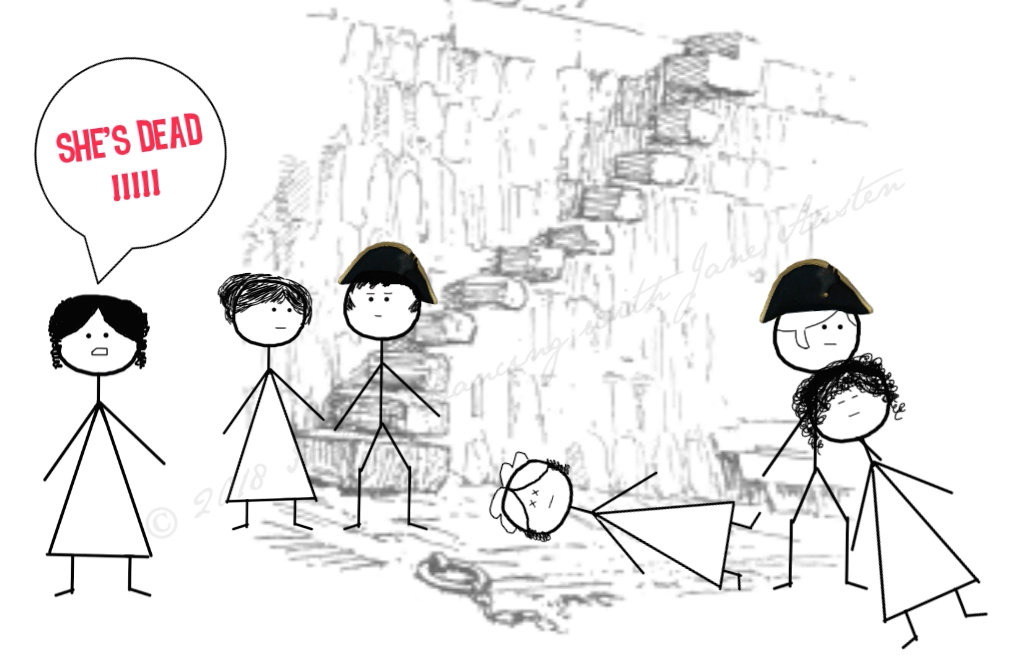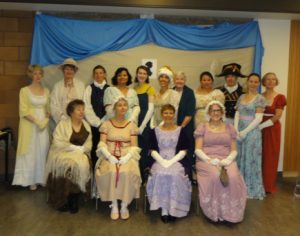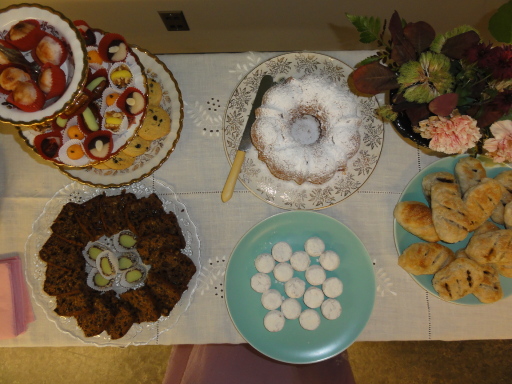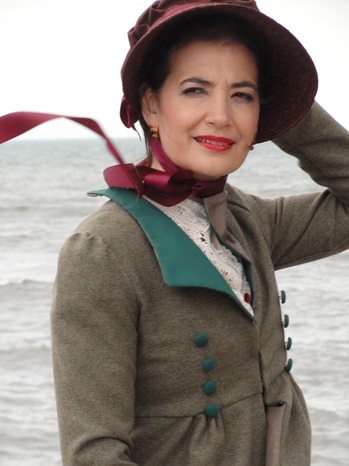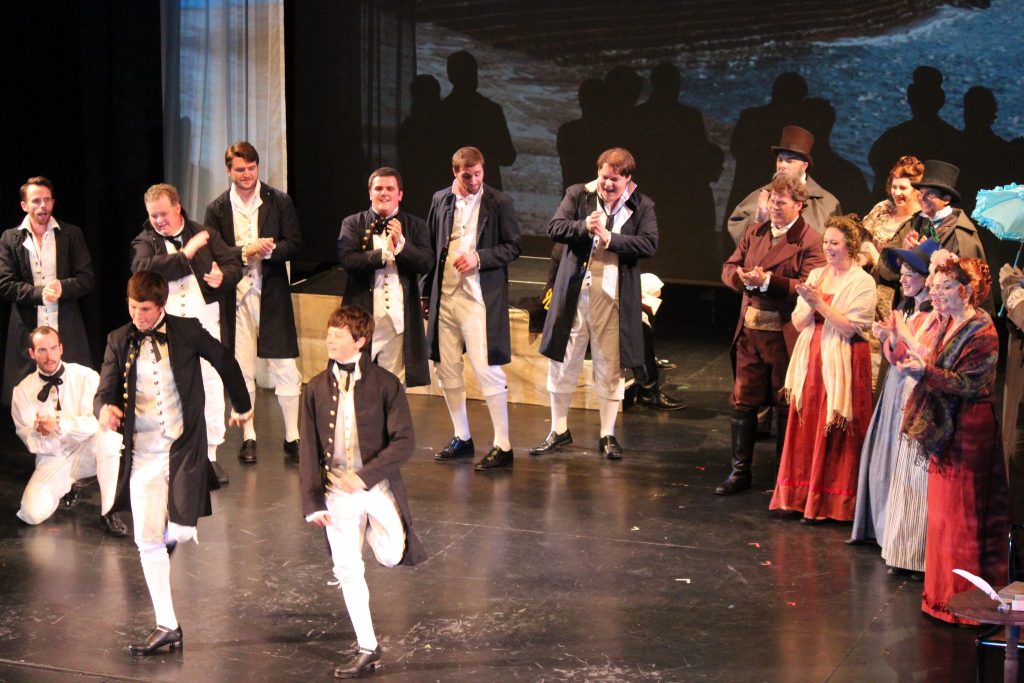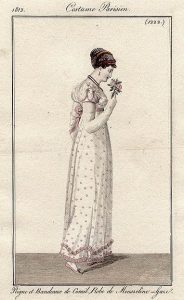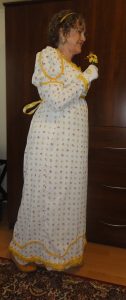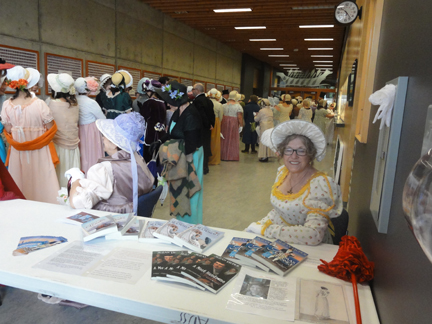This is the final post of a blog series designed to help other authors by sharing the mistakes I’ve made in the process of having several published books so others can learn before making the same errors in their writing, editing, and other similar endeavors. This post is a summary of the lessons listed in the other eighteen posts and works as well for traditionally published writers as it does for independent author-publishers or any mixture of the two styles.
Lesson #1: As an author, your goal is to provide a reading experience with the greatest level of satisfaction that is within your control.
Lesson #2: Several full author edits are the preferred norm for ensuring quality writing.
Lesson #3: Keep a checklist of your most common errors and use a “Find” function to clean them up during your later editing process.
Lesson #4: When you’re stuck, break the task down into chunks. Write each chunk down on paper and schedule them.
Lesson #5: If in doubt on punctuation spelling, grammar, word usage, etymology, etc., look it up!
Lesson #6: Beta readers can help an author at all points in the writing process.
Lesson #7: Every author listens to and incorporates the advice of one or more professional editors who know the conventions specific to their style, content, sub-genre, etc.
Lesson #8: Avoid telling too much of your story through the voice of a minor character, particularly in the early chapters. Let your lead characters’ voices shine through.
Lesson #9: Show, don’t tell: Describe the feelings and senses to show your readers what is happening rather than stating them in plain language.
Lesson #10: Avoid head-hopping like the plague!
Lesson #11: To avoid a choppy or head-hopping effect within a chapter, use an extra line break or a scene separator when changing point of view.
Lesson #12: Change filter words of thought, feeling, and senses to make the POV deeper and enhance the reader experience.
Lesson #13: Be consistent with your POV selection.
Lesson #14: When writing in a specific period in history, use good judgement to choose language and scene setting used that suits that period and doesn’t include obvious anachronisms or incongruities with the period.
Lesson #15: Get inspiration from others for those difficult-to-write scenes.
Lesson #16: Let your romantic encounters build. Pick and choose aspects of love making to prepare the reader for the culmination.
Sixteen lessons for eighteen posts that took place over nearly two years! Some posts relied on the same “rules” as earlier topics and some posts had topics that introduced more than one lesson.
Note that these lessons don’t deal with how the author publishes their work. That’s because I firmly believe that there is no wrong way to go about publishing, whether self-publishing, hybrid publishing, or traditional publishing. What fits the author’s needs and abilities is the best direction, as long as the author also pays attention to the lessons learned above and is satisfied that they’ve met Lesson #1 in the process.
Another detail to note is that this series focused on fine-tuning of the written word with a little information on the presentation of the book, items which can make or break reader satisfaction. However, it’s unlikely that readers will tell you that those items bother them. Marketing research tells us that only about 3% of customers will tell you when they are dissatisfied, but those who are unhappy will tell 19 friends.
Technical issues are important, but most reviewer ratings relate to enjoyment of the book itself: story quality, readability, and match to expectations. This is your wonderful brilliant story and their subjective reaction to it. Be warned that reviewers may be a fickle lot, and not “get” you. The best reaction to that situation is a final lesson in wisdom that I learned from the managing editor at Meryton Press, paraphrased to the best of my recollection.
Michele Reed’s Wisdom: In the case of a poor review, try to discover what you can learn from it. If what the reader says is reasonable, make those changes as well as you can and move ahead. If you still disagree with the criticism, let it go.
With that final bit of advice, I end this series. You can find the 18 other posts by clicking on the “Suzan Lauder’s Learning from My Mistakes” link on the topic cloud on the side panel or the tags at the bottom of this post, or follow them starting with this first post of the “Learning from My Mistakes” series. A reminder that comments get entries into the draw for a book and other little goodies as mentioned throughout the series. Eligibility closes in one week.
Adieu!
Disclaimer: I’m not a writing expert. I’m just a writer who learned some stuff other writers might like to know instead of learning the hard way. My approach is pragmatic and my posts are not professionally edited!
Like this:
Like Loading...
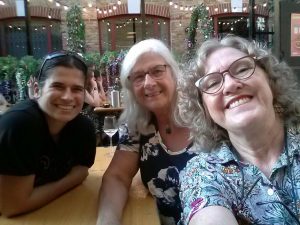
 A three week trip to England during which I sought out many Jane Austen locations (lifetime and film) among other tourist destinations, plus met JAFFers Mίra Magdó and Lizzie Sargent, and saw Pride and Prejudice with author Leslie L. Diamond at the only operating Regency theatre left in England (the Royal Theatre in Bury St. Edmunds)—that should have been a blog post in itself;
A three week trip to England during which I sought out many Jane Austen locations (lifetime and film) among other tourist destinations, plus met JAFFers Mίra Magdó and Lizzie Sargent, and saw Pride and Prejudice with author Leslie L. Diamond at the only operating Regency theatre left in England (the Royal Theatre in Bury St. Edmunds)—that should have been a blog post in itself; During the start of the current pandemic, I was still in my home in Mexico, which at the time seemed to be the safer place to be. In the midst of the expat travel panic in late March, I contracted viral pneumonia, which was also a COVID-19 scare. This meant I was in isolation in a nice private hospital in Mexico at the cost of an excellent insurance company then rushed home on a private jet since the commercial companies wouldn’t take someone with my cough. For the record, I was tested as COVID-19 negative, as well as negative for Influenza A and B and Dengue.
During the start of the current pandemic, I was still in my home in Mexico, which at the time seemed to be the safer place to be. In the midst of the expat travel panic in late March, I contracted viral pneumonia, which was also a COVID-19 scare. This meant I was in isolation in a nice private hospital in Mexico at the cost of an excellent insurance company then rushed home on a private jet since the commercial companies wouldn’t take someone with my cough. For the record, I was tested as COVID-19 negative, as well as negative for Influenza A and B and Dengue.












